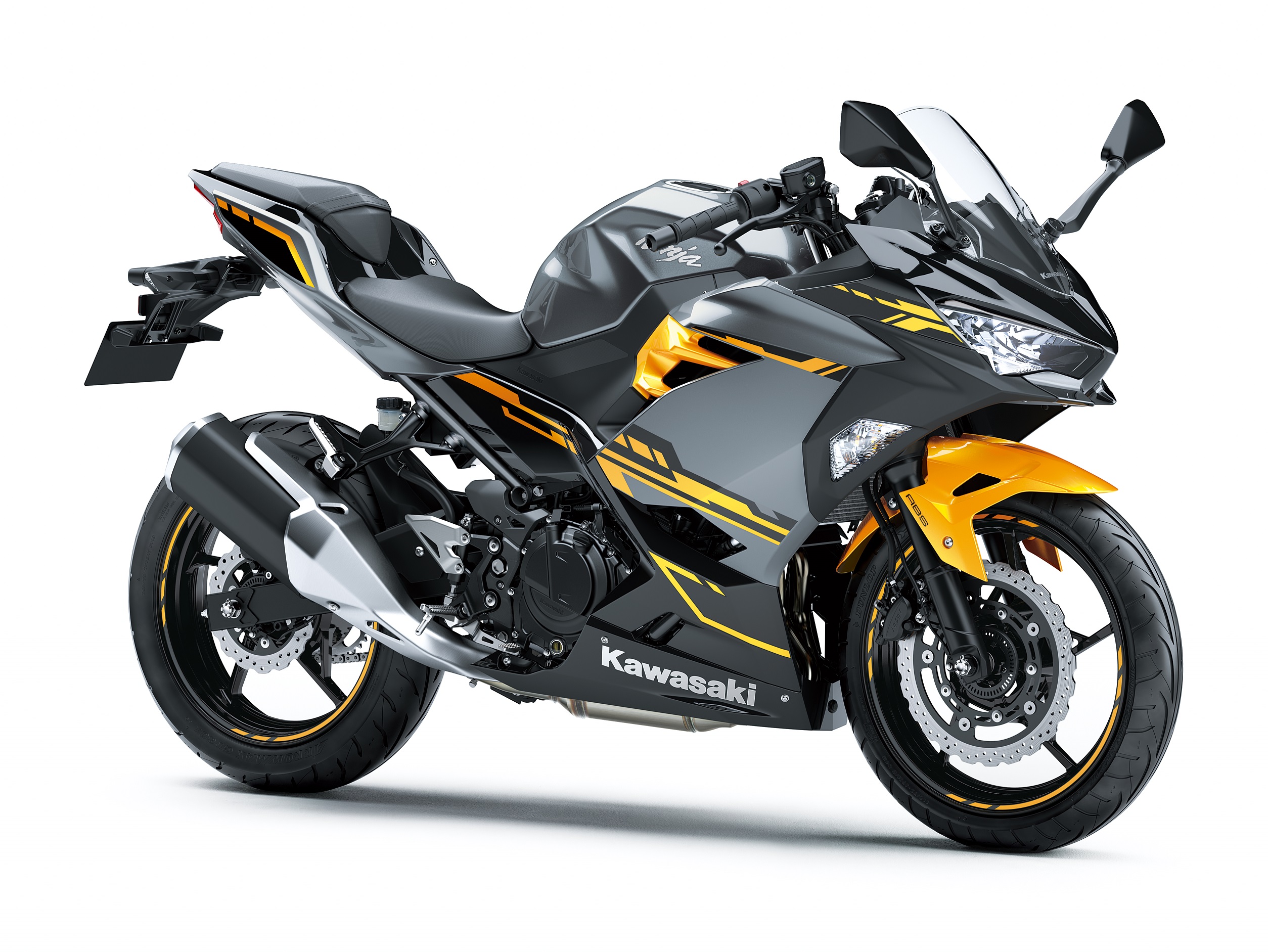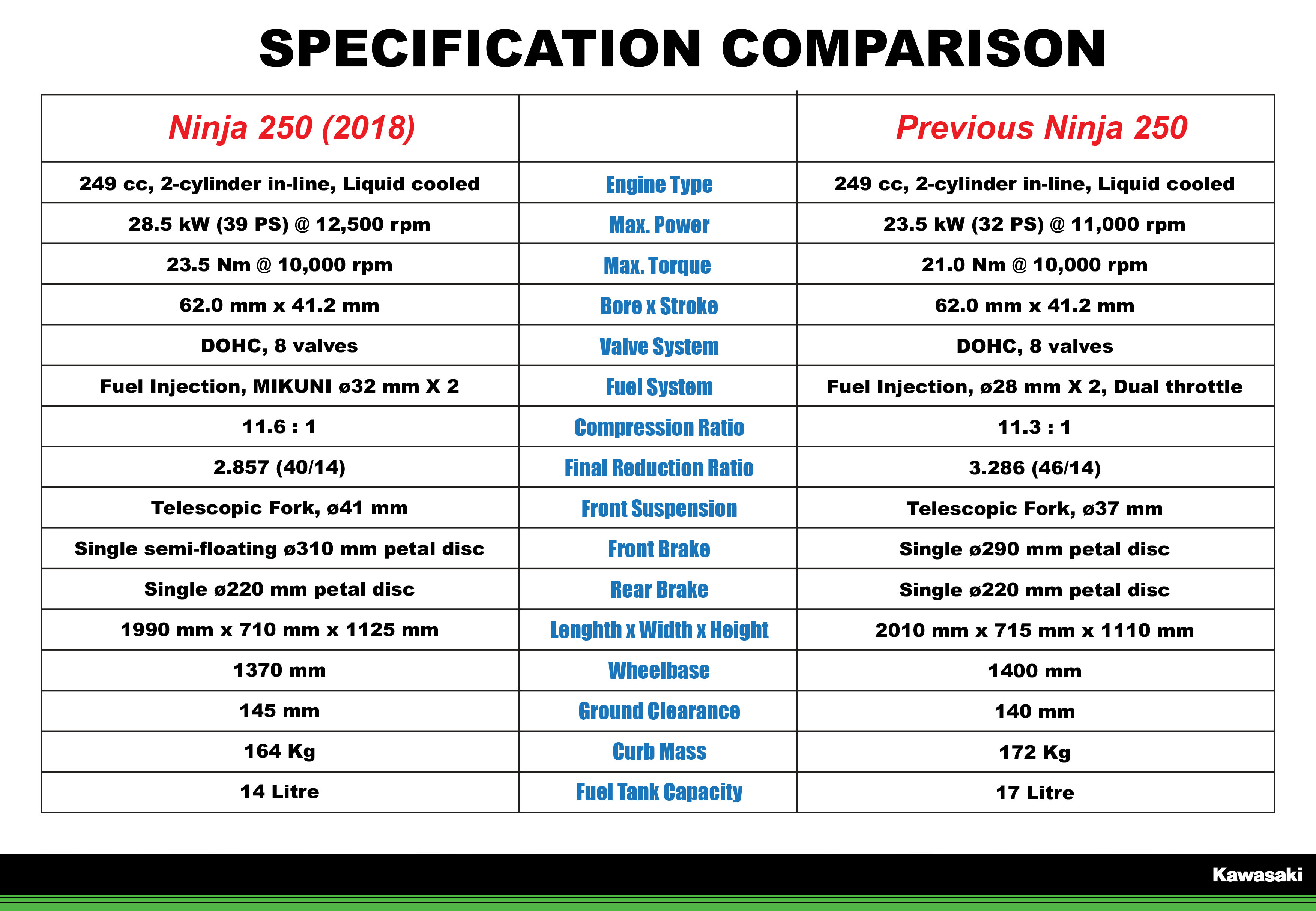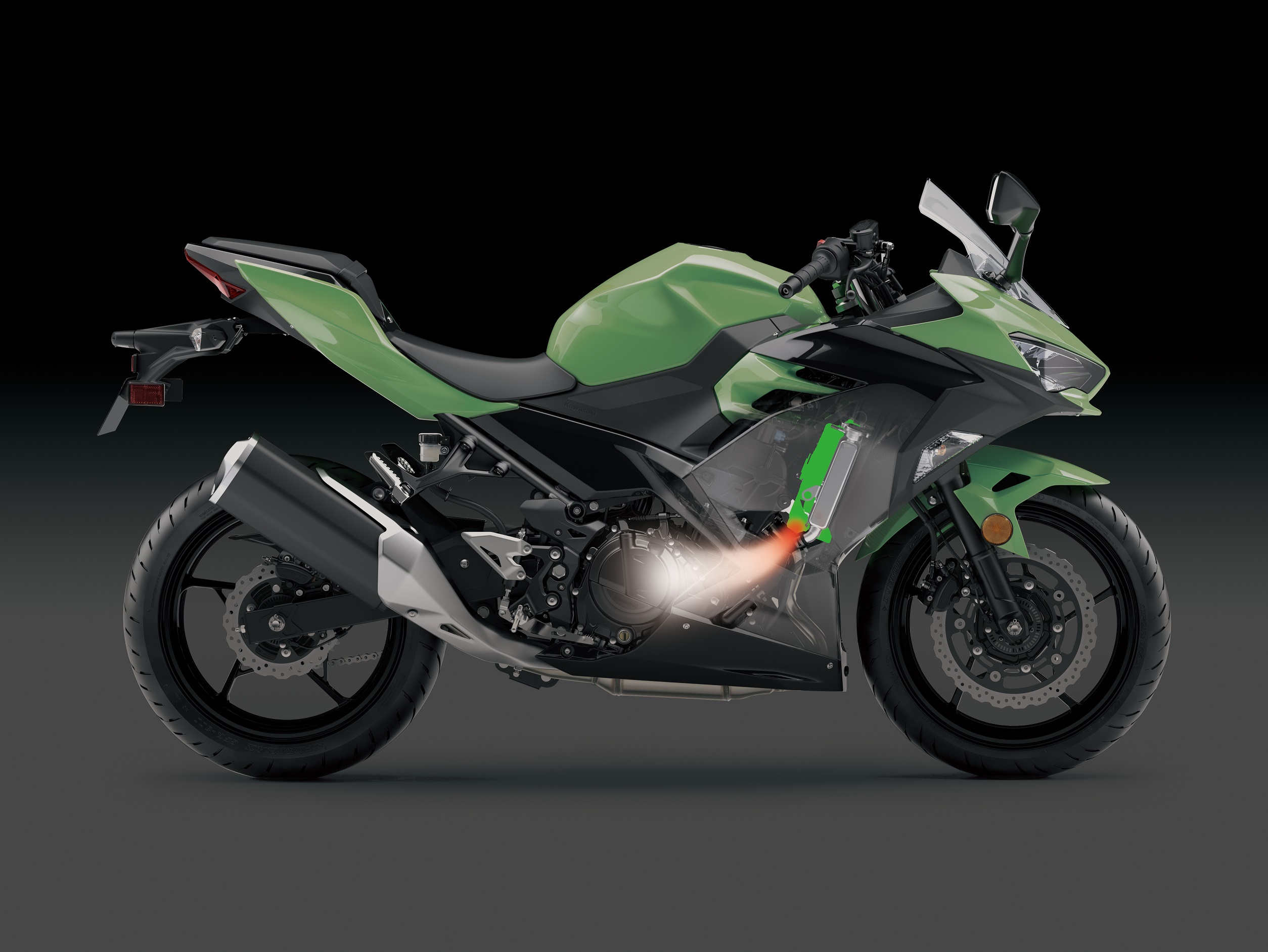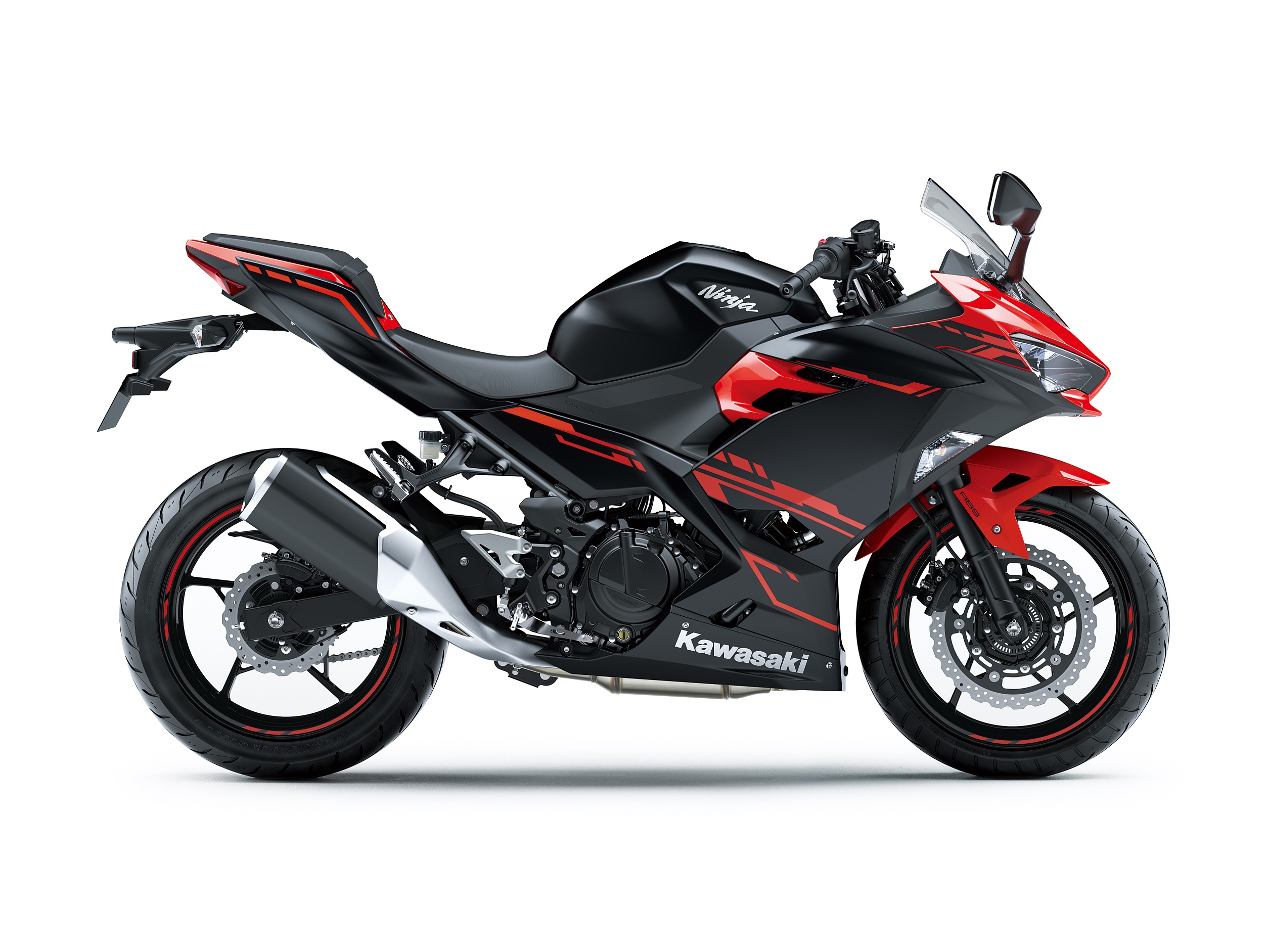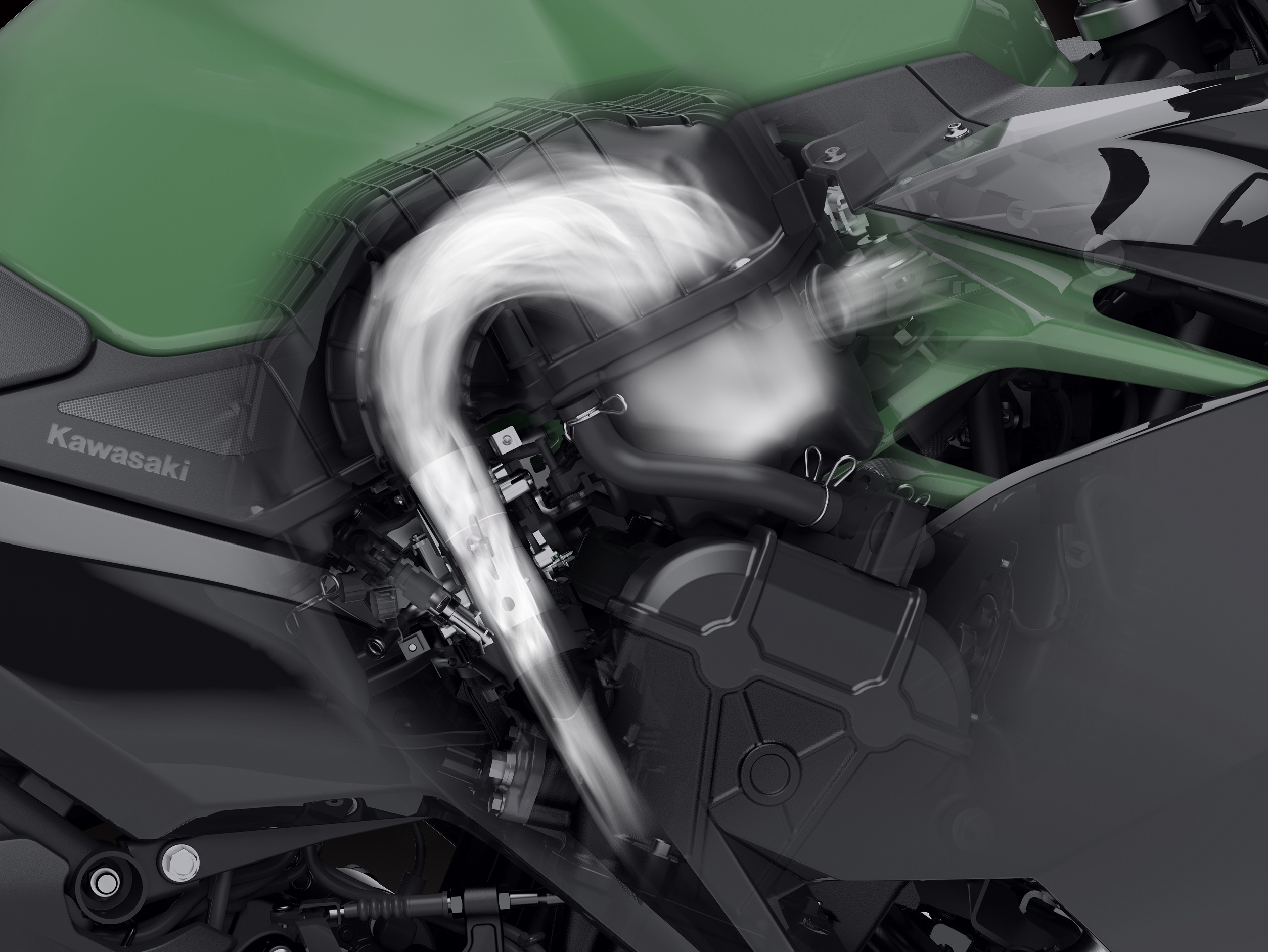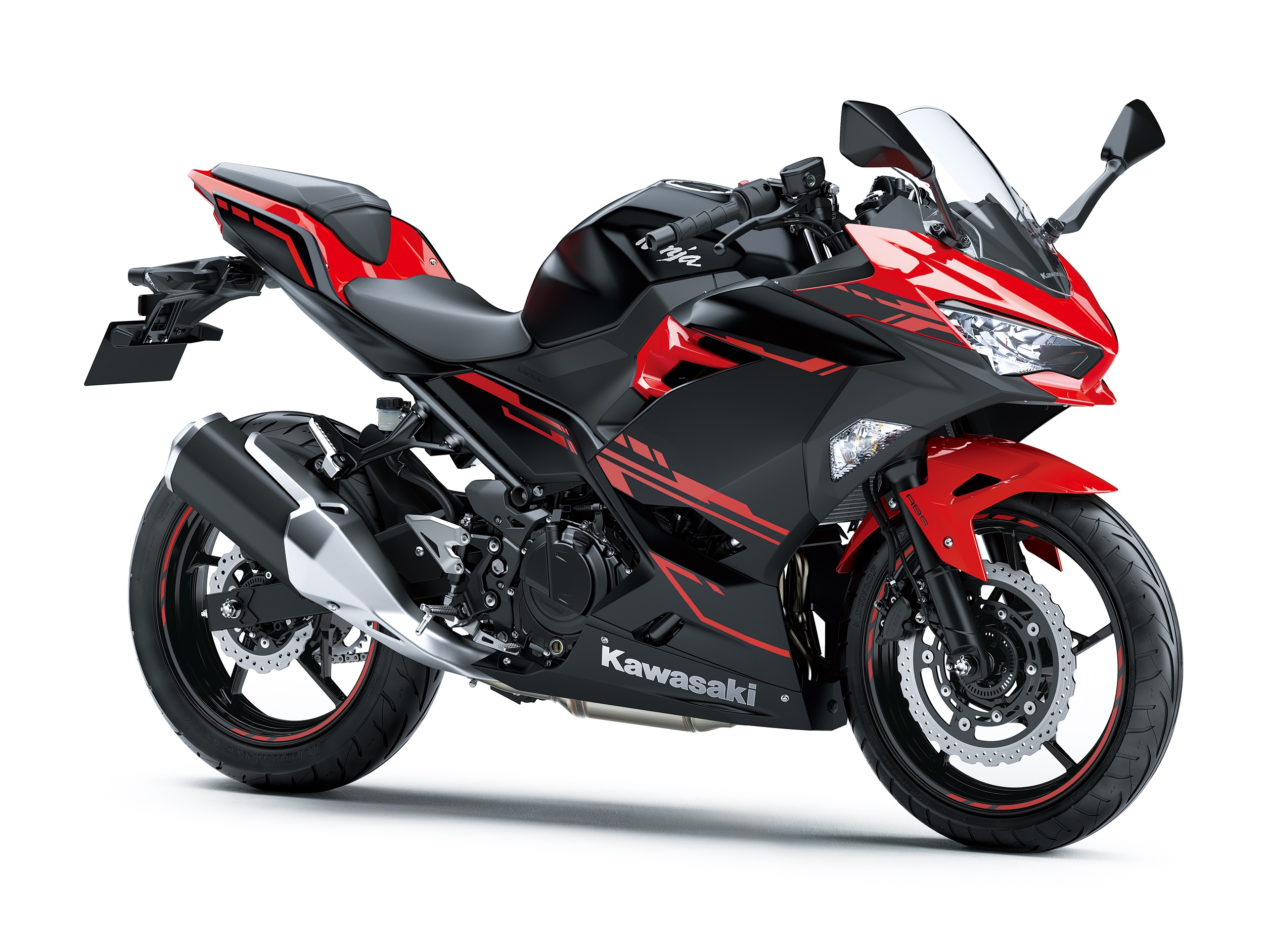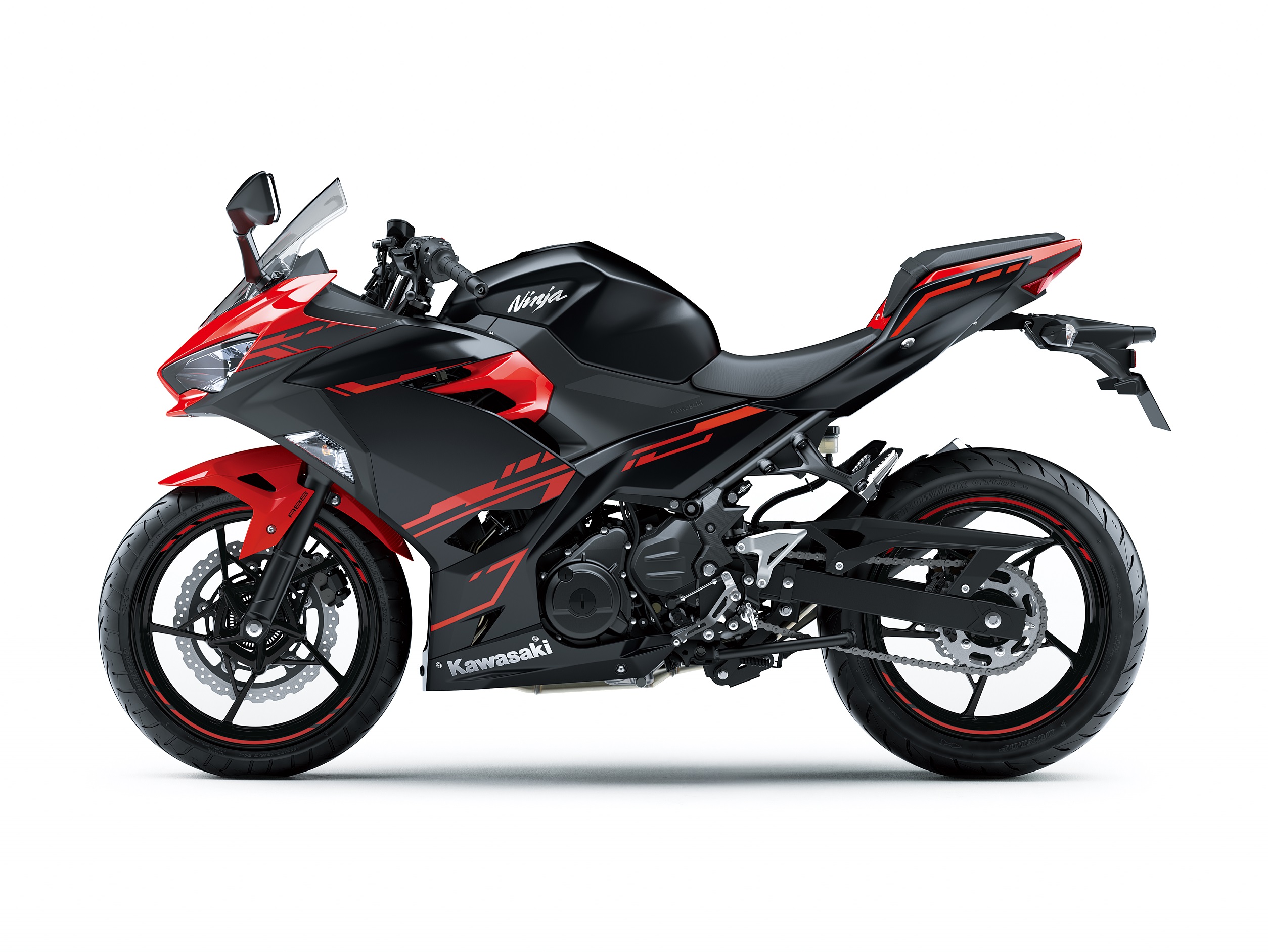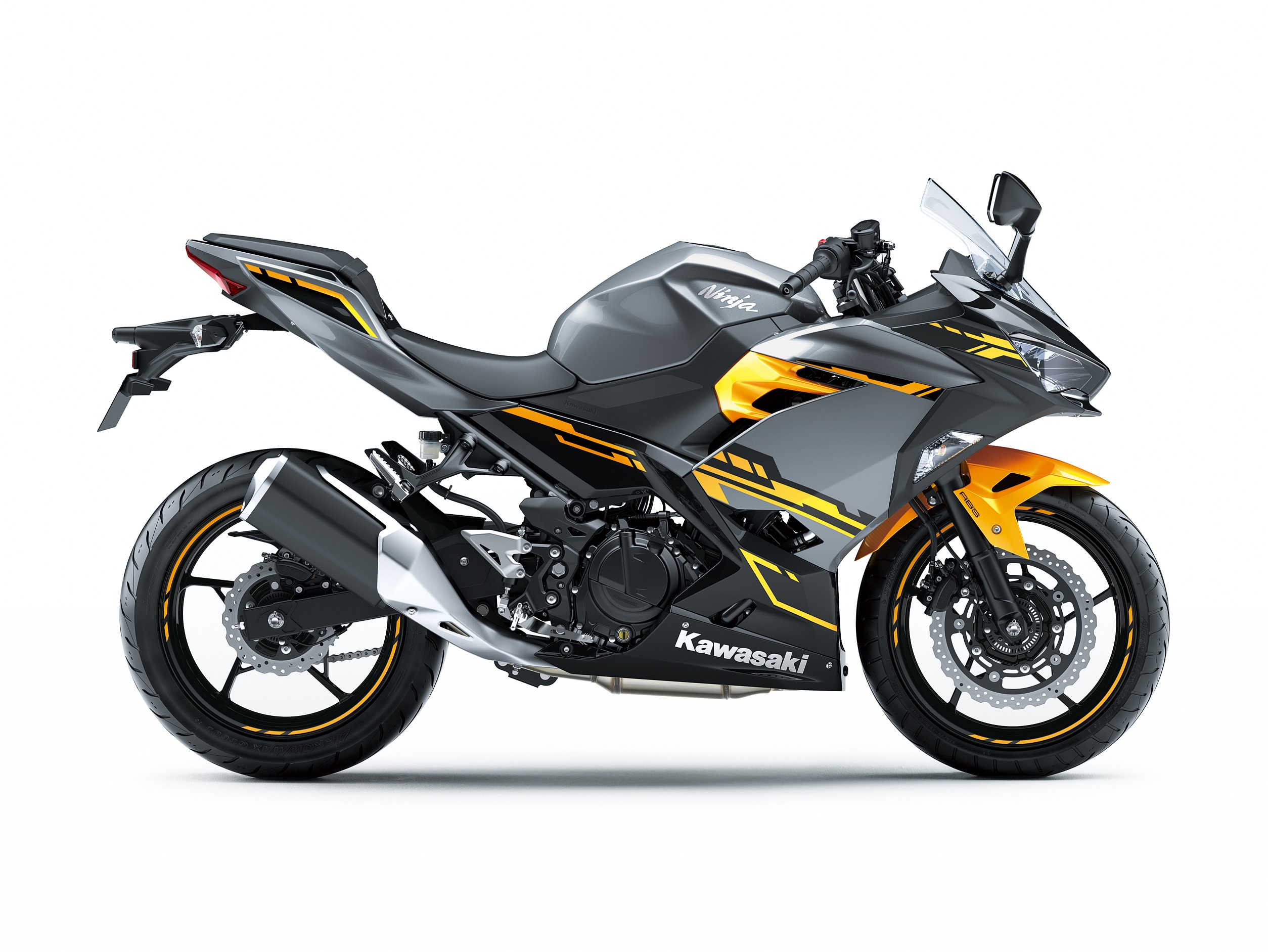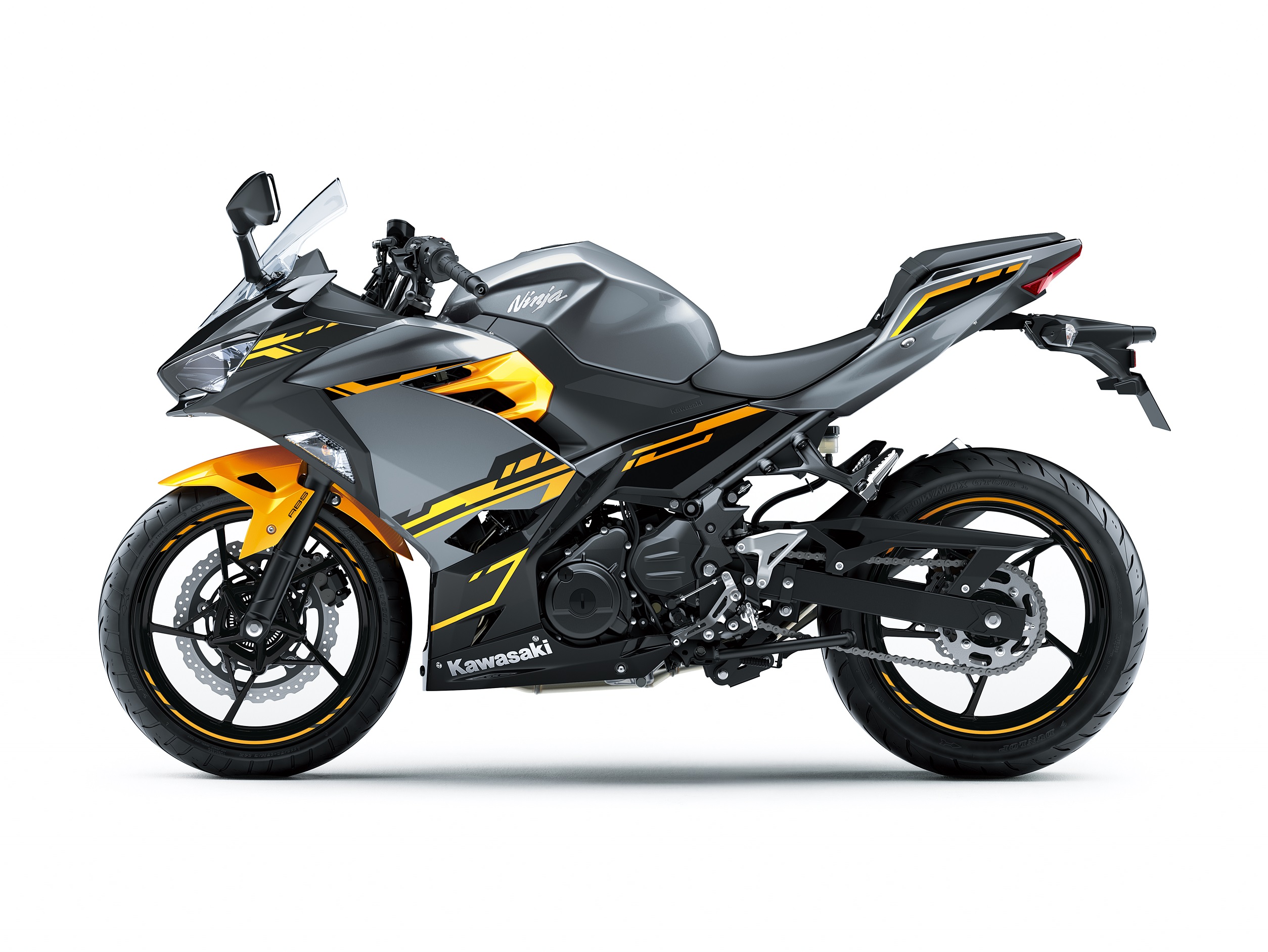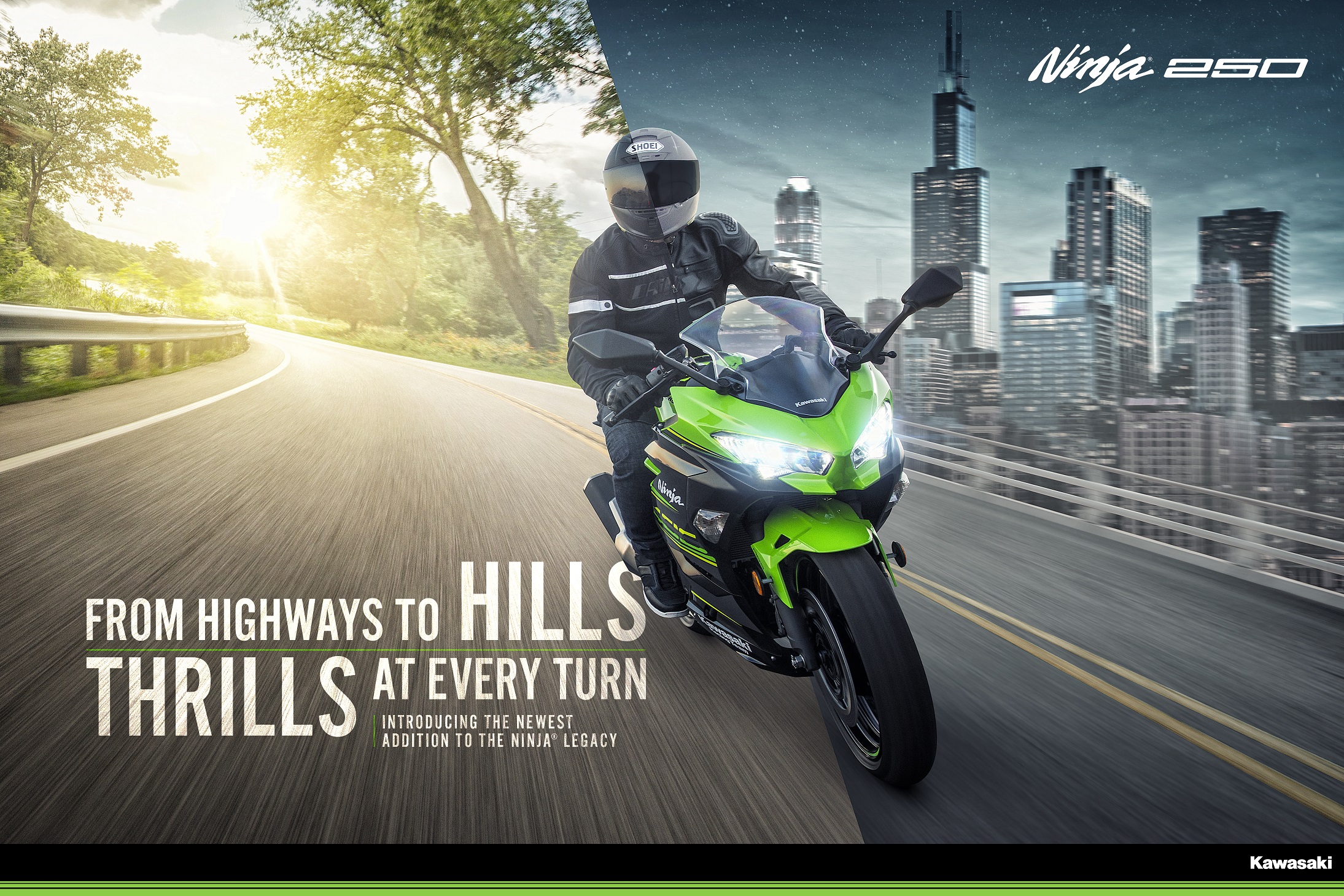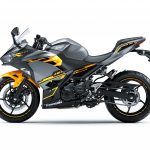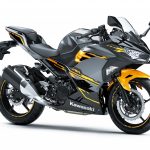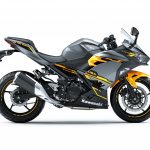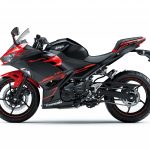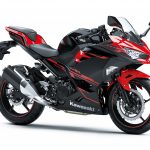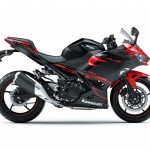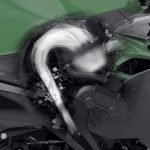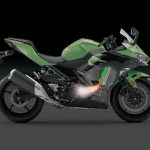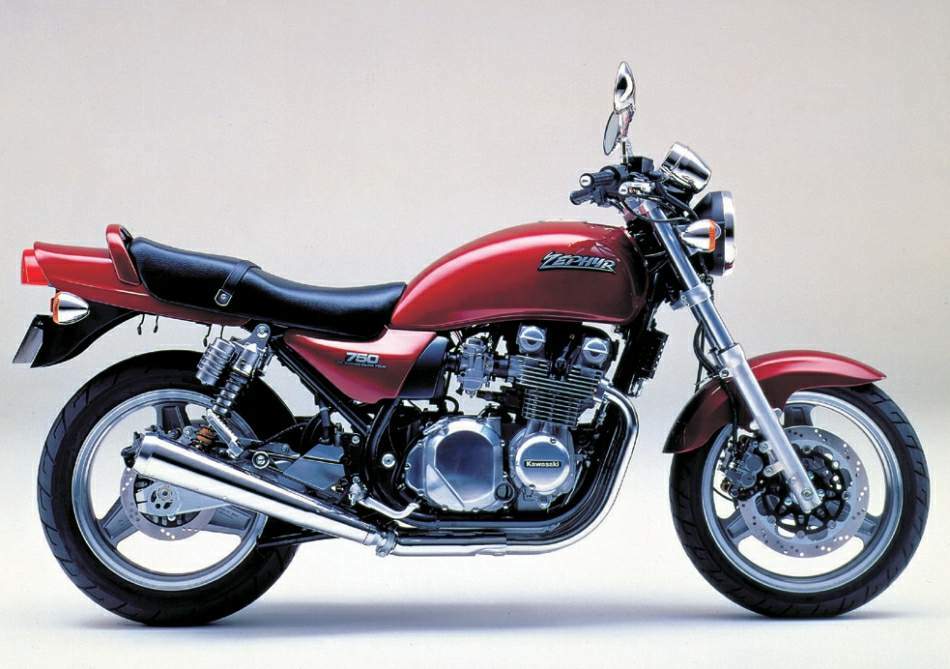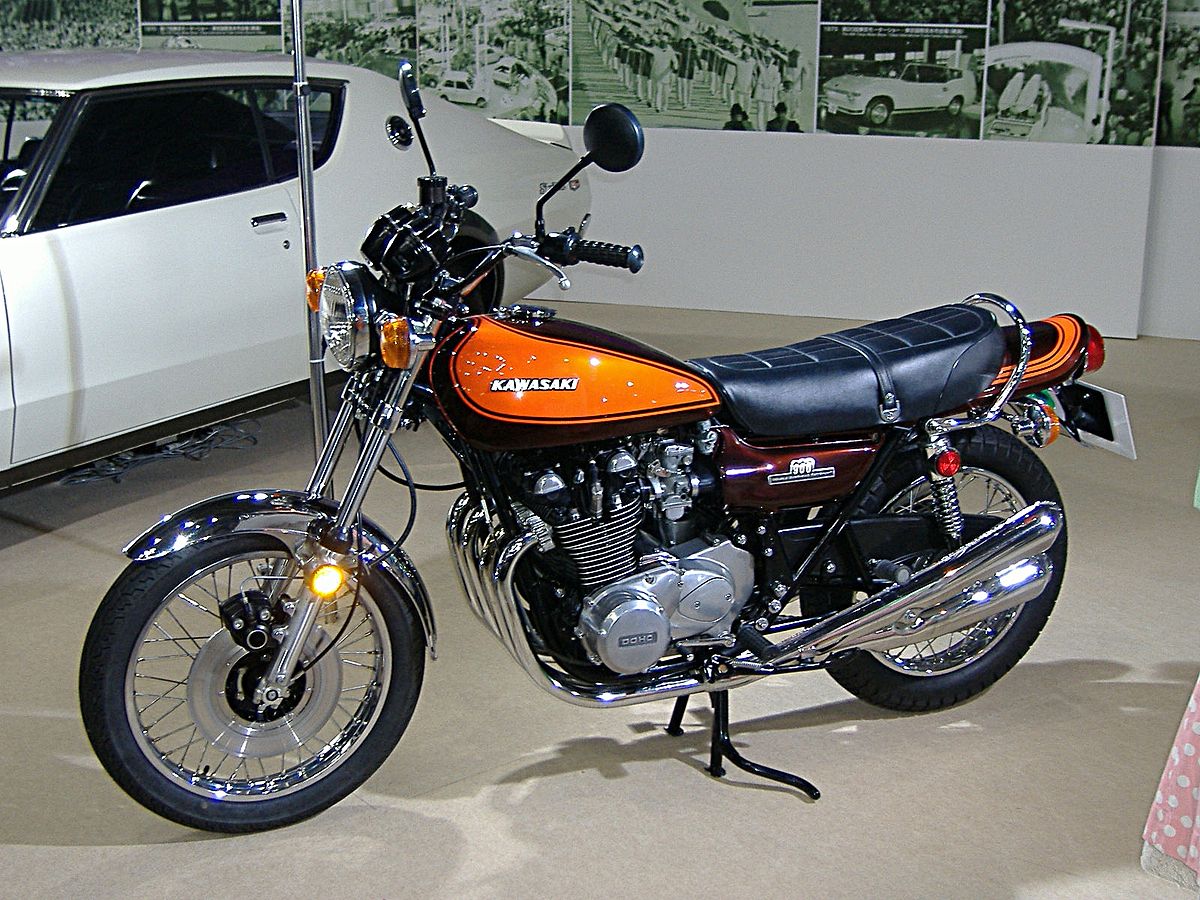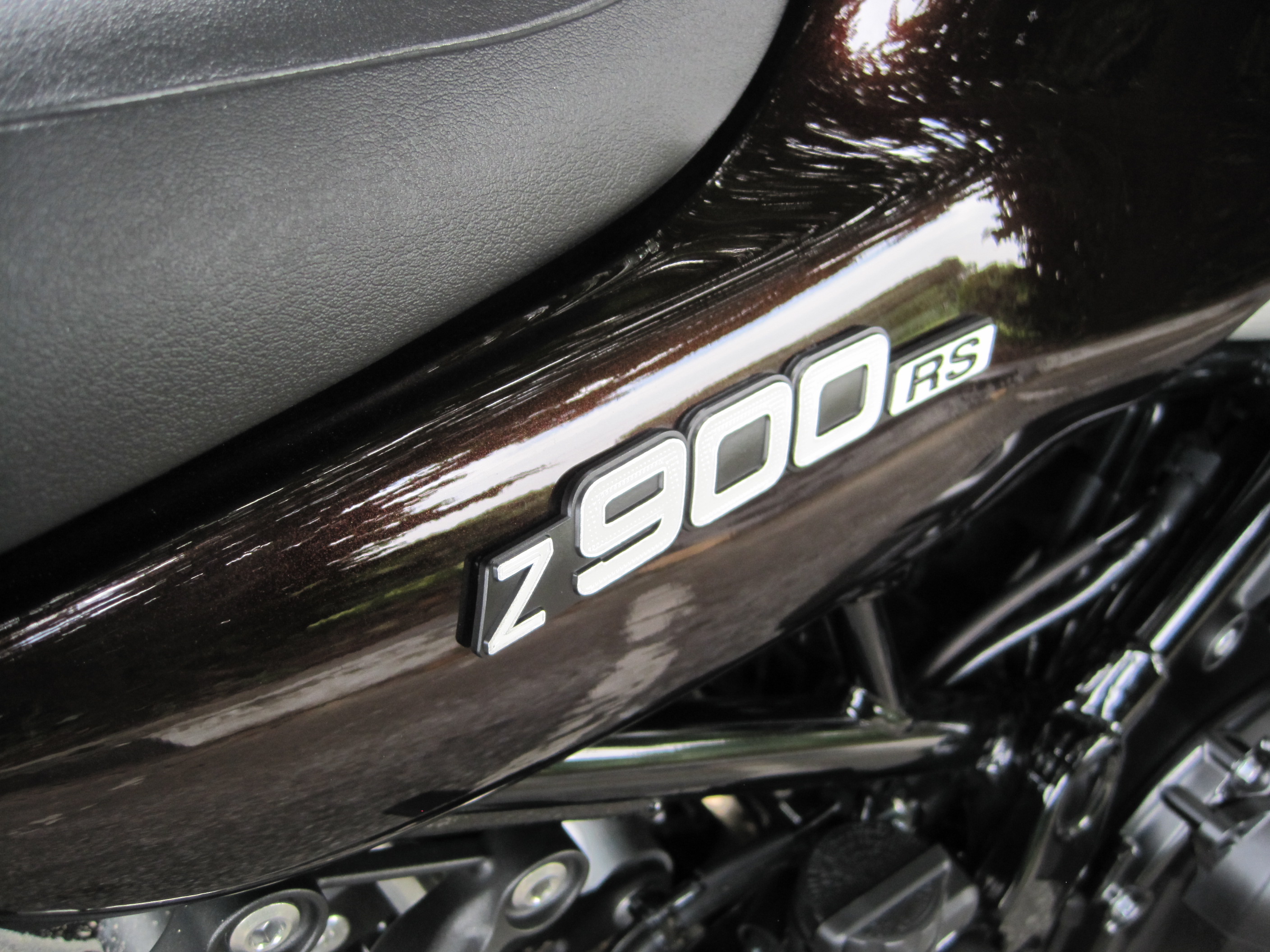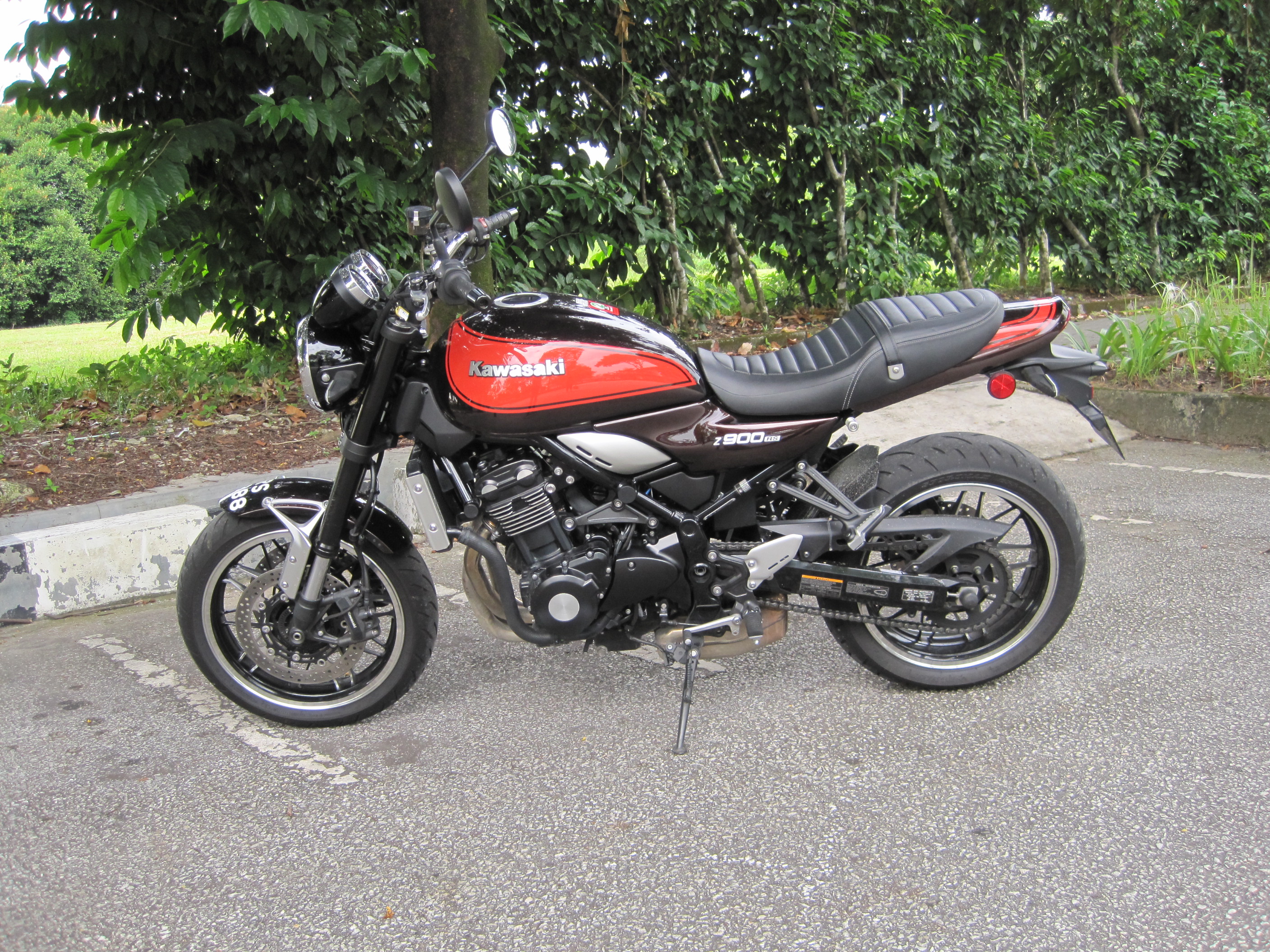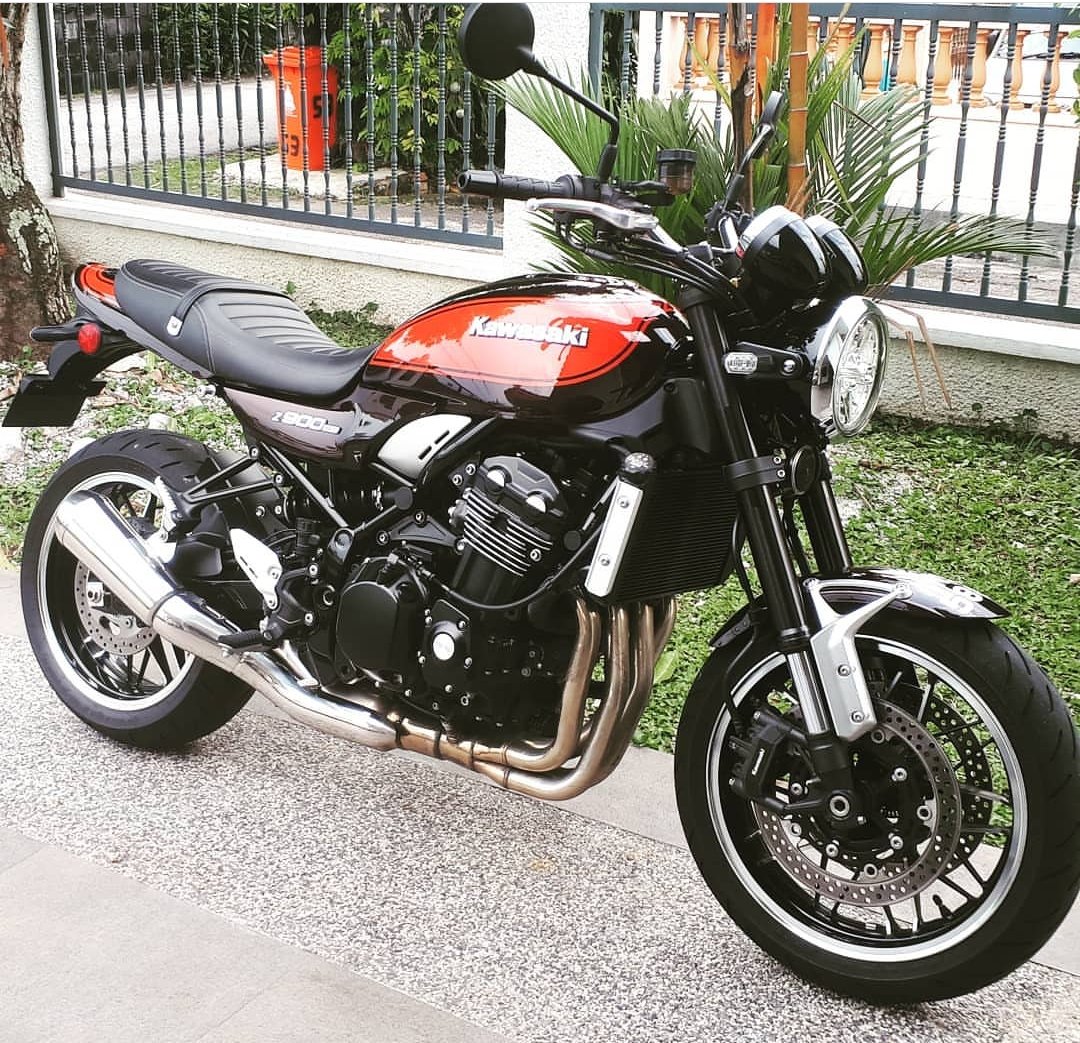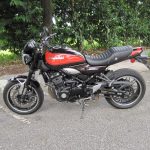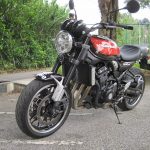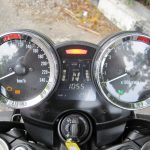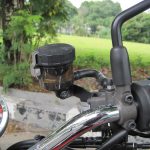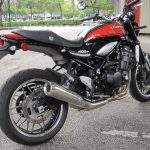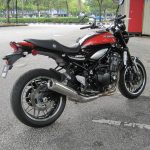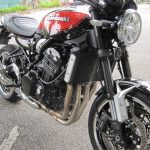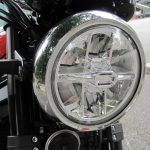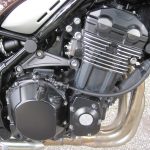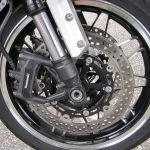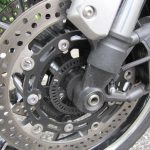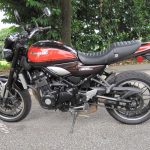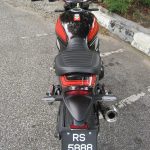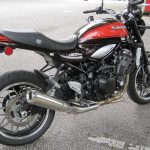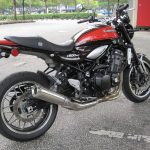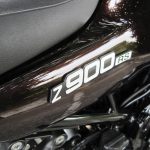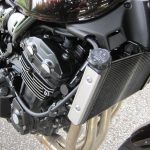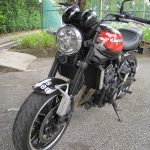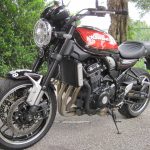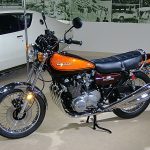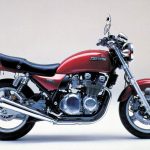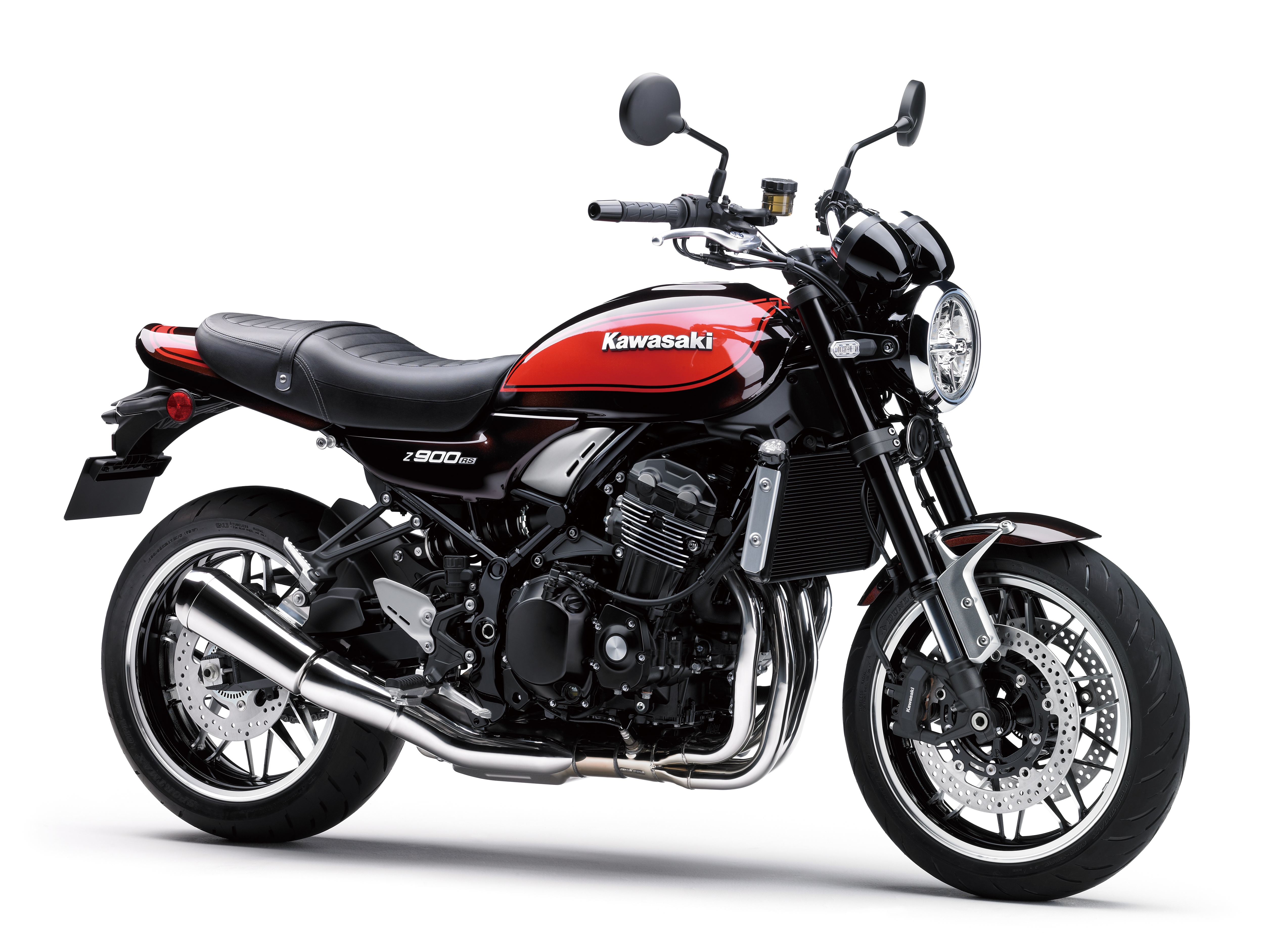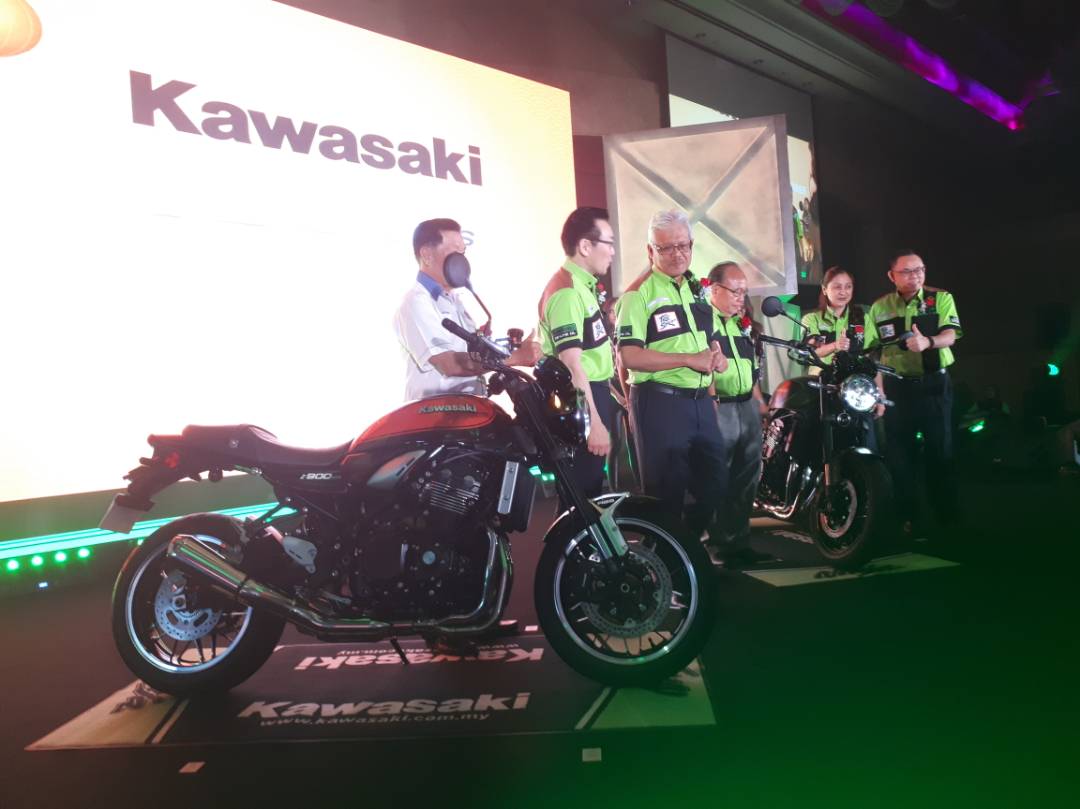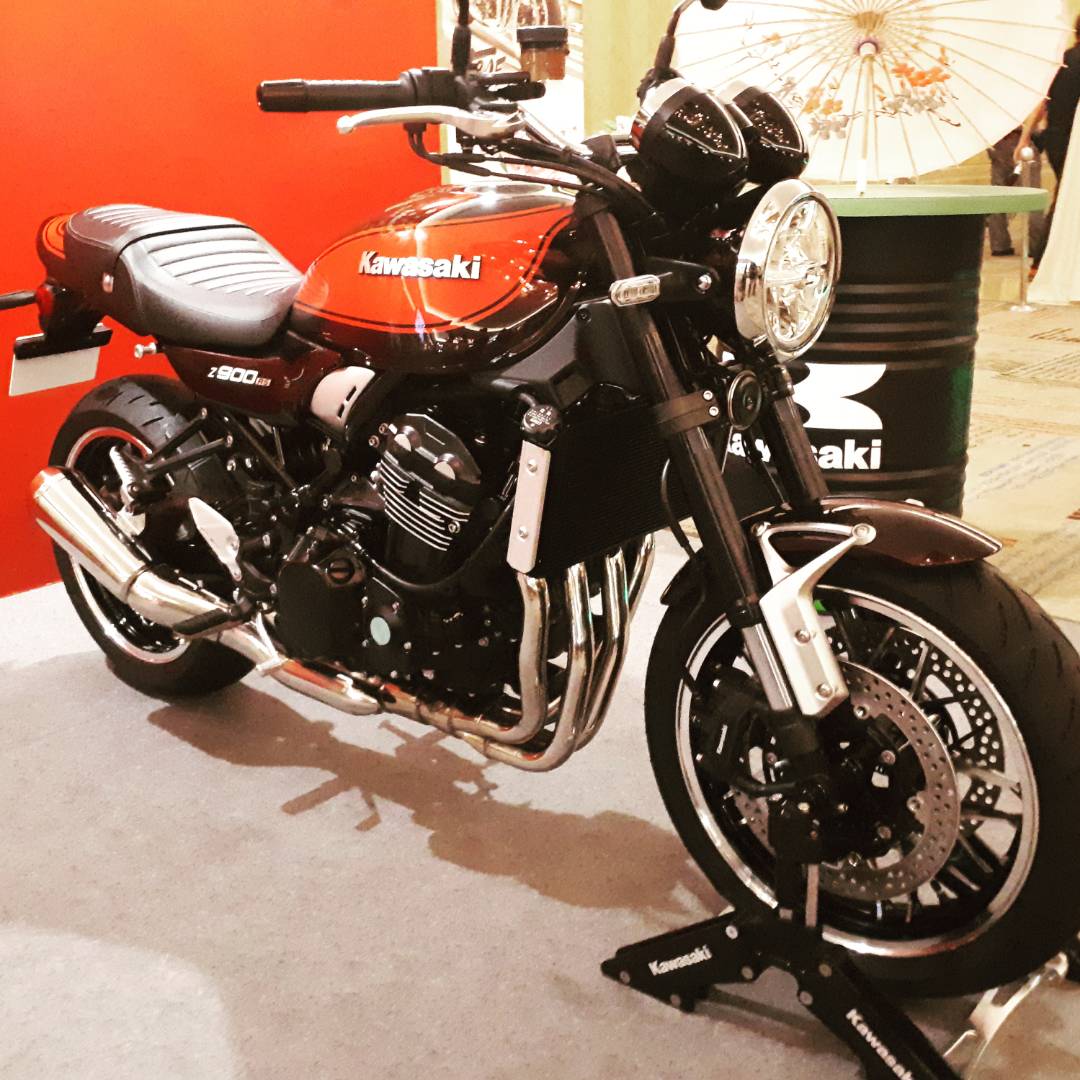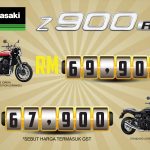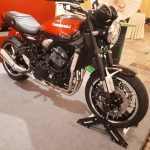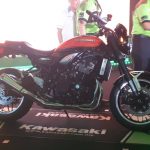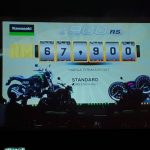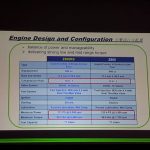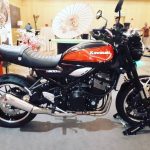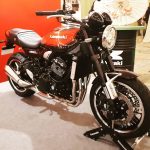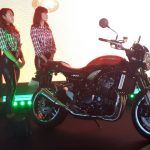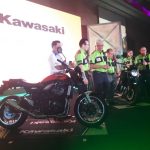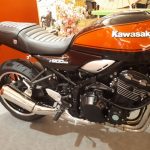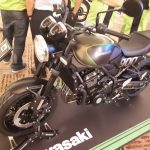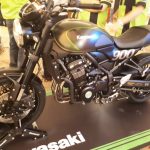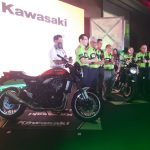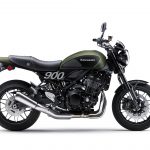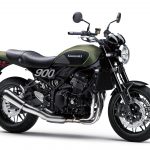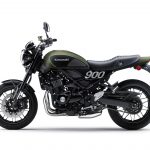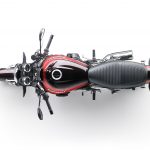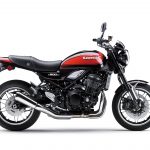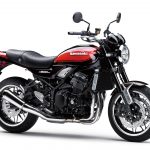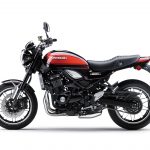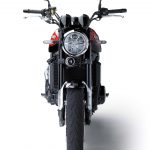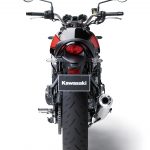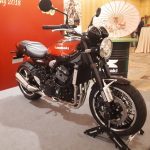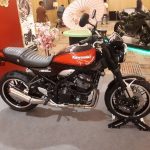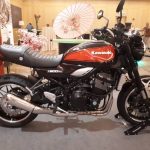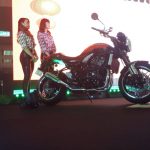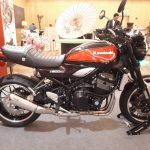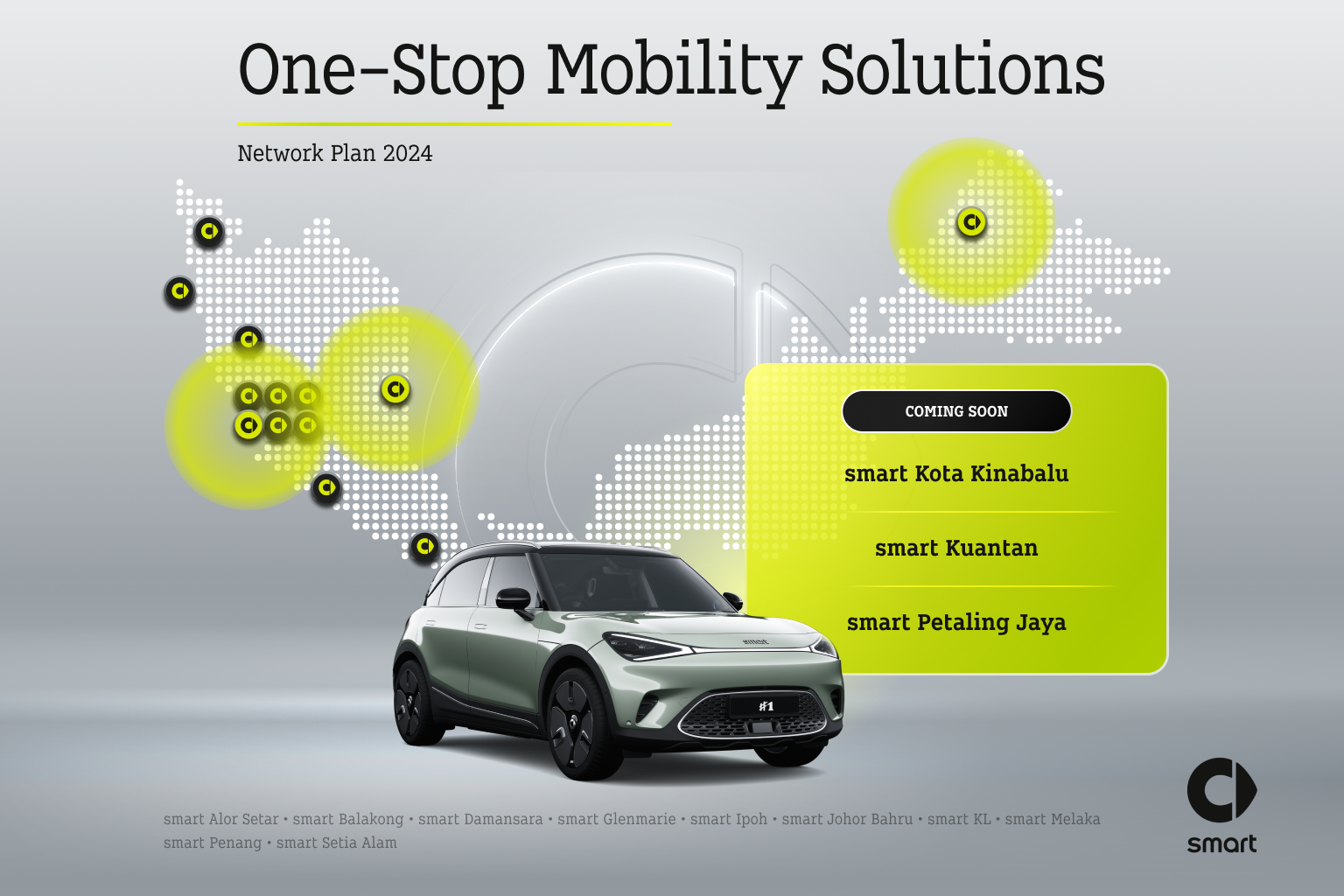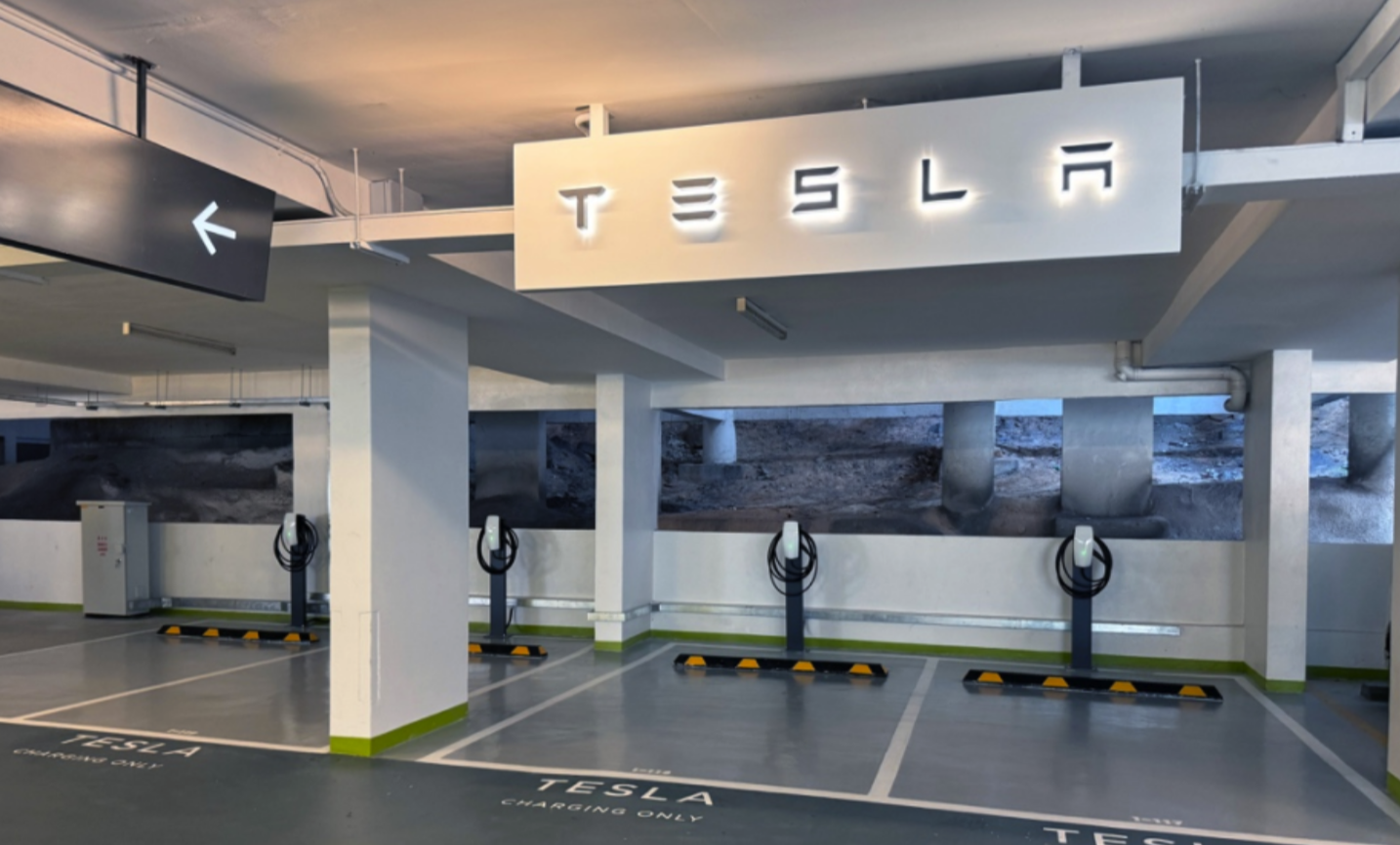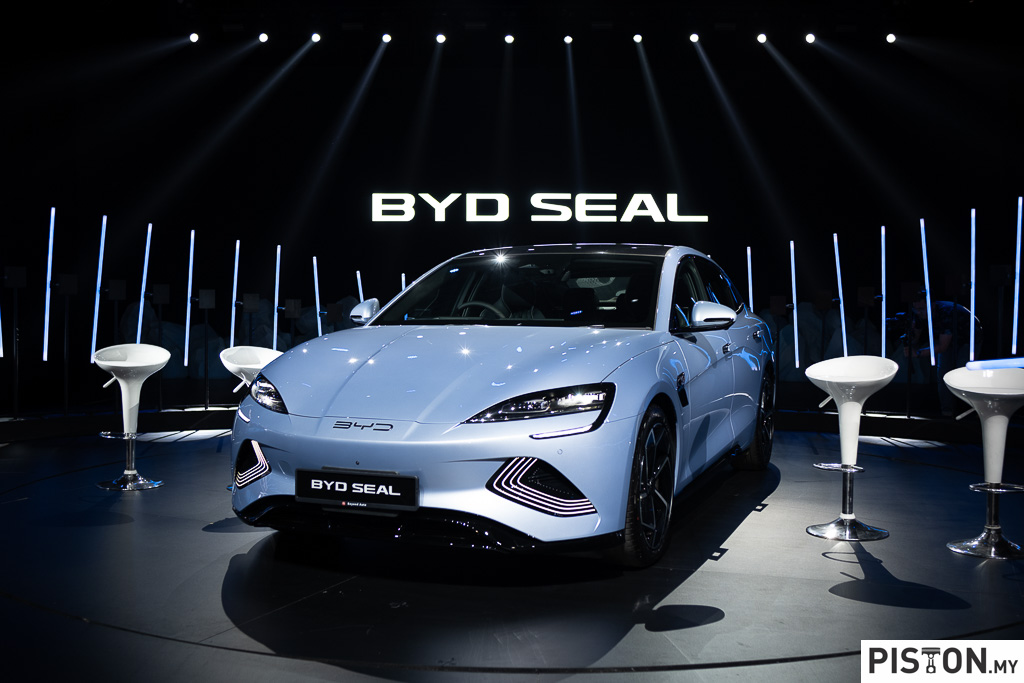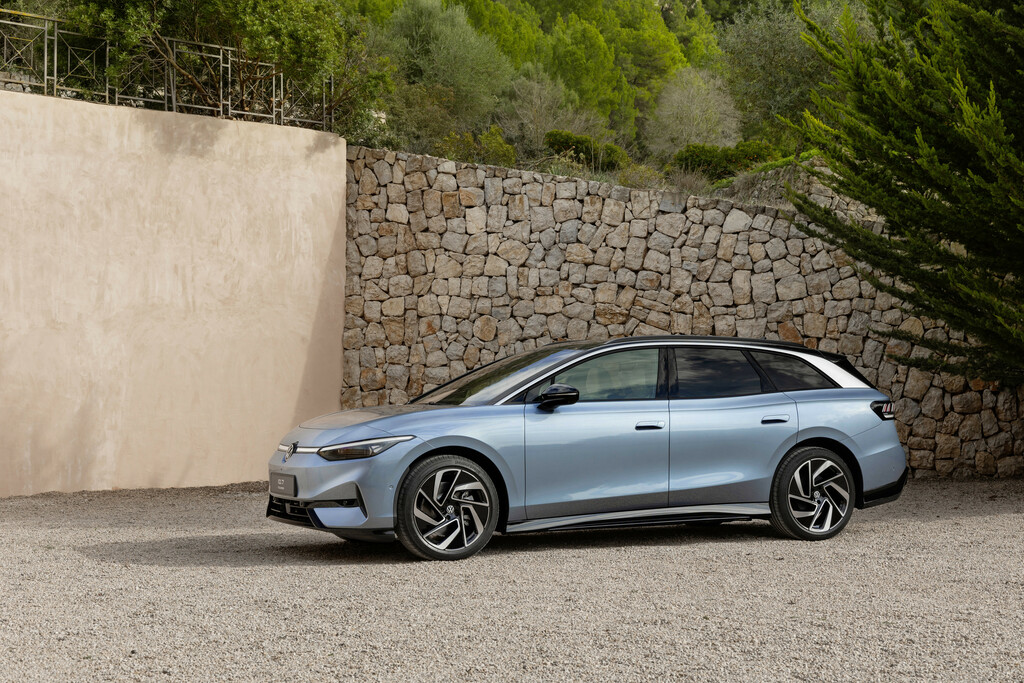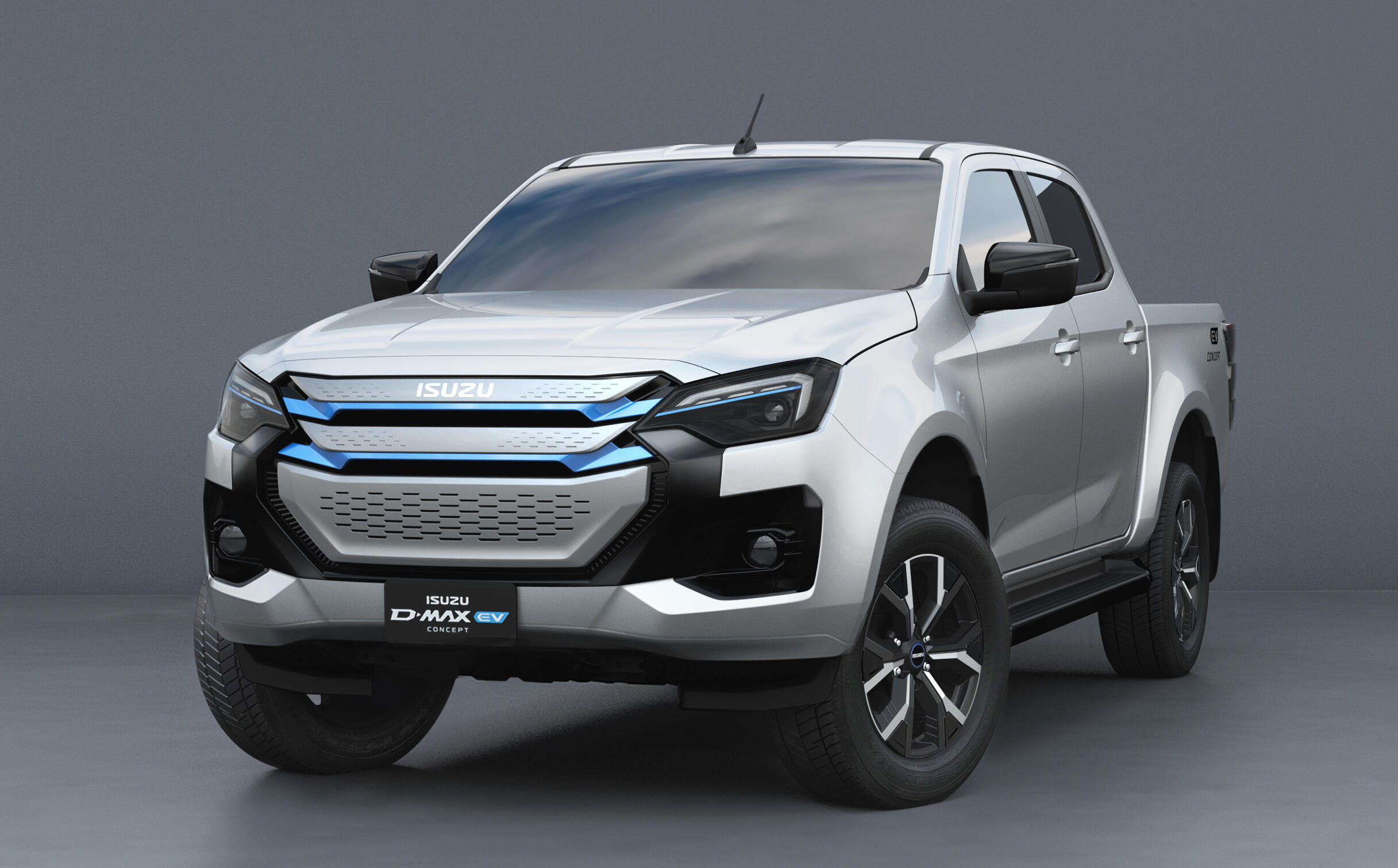When the 2008 Ninja 250R was introduced it was the only model of its kind, offering top-class Ninja styling in a fun and friendly package. It resonated with both new and experienced riders, launching a worldwide movement. In the ten years since its release, the number of full-fairing rivals has increased exponentially, making this one of the most hotly contested categories in the market. How hot? This hot…
Kawasaki has now introduced a new sport model into this highly competitive arena. Clad in completely new Ninja styling, the new Ninja 250 delivers greater performance than its predecessor care of all-new engine and chassis that are more powerful and significantly lighter. Here’s how it compares to its predecessor…
But like the Ninja 250 that came before it, this new Ninja model possesses a lot more than just higher performance than its predecessor.
The new model takes the winning formula that drove the success of the Ninja 250R and its successors, and amplifies it. Not only does the Ninja 250 offer stunning, high-quality looks, its stronger engine performance, light, predictable handling and relaxed, sporty riding position make it both fun and easy to ride. This duality – the ability to offer excitement and ease of riding to wide range of customers – is sure to make the new Ninja 250 a fan favourite once again.
NEW ENGINE: HIGH PERFORMANCE & HIGH CONTROLLABILITY
The Ninja 250’s all-new 249 cm3 engine delivers a balance of performance and controllability. The new engine offers increased performance at all rpm compared to its predecessor, with good power feeling. Smooth, predictable response contributes to an easy-to-control engine character. Thanks to its efficient design, the compact, lightweight engine has a size on par with 250cc engines.
Powerful, Rider-Friendly Parallel Twin
Displacing 249 cm3, the new engine delivers significantly increased performance compared to its predecessor: 28.5 kW†2 for the new Ninja 250 (+5 kW vs the 2017 Ninja 250). The higher performance can largely be credited to the new downdraft intake, which is accompanied by a larger airbox offering increased intake efficiency. The increased performance is complemented by a rider-friendly character; the smooth response and abundant low-end torque facilitate throttle control for new and experienced riders alike.
Compact, Lightweight & Efficient
Designing the engine from scratch allowed the engine layout to be optimised for size, weight and efficiency. The new unit is comparable in size to that of the 2013-2017 Ninja 250. Numerous weight reduction efforts keep weight to a minimum – despite a larger displacement (in the case of the Ninja 400). A clean design trimmed of any unnecessary items, and a revamped layout enable a slim engine and a cooling system with minimised external piping.
New Assist & Slipper Clutch
More compact clutch (ø139 mm >> ø125 mm) with less rigid operating plates offers a 20% lighter lever pull. Complementing the extremely light feel at the lever, the new clutch has a wider engagement range, facilitating control.
New Radiator Fan Cover
A cover for the radiator fan directs engine heat away from the rider, contributing to rider comfort. With the new design (patent pending), hot air is now mostly routed out to the sides (through holes in the fairing).
NEW CHASSIS: LIGHTWEIGHT, STABLE & MANOEUVRABLE
Offering considerable weight savings compared to its predecessor, the new chassis delivers a balance of stability and light, easy manoeuvrability. Its slim design facilitates both control and ease of riding, making the Ninja 250 an easy choice for both new and experienced riders.
Lightweight Trellis Frame
The Ninja 250 features a trellis frame similar in design to that of the Ninja H2. Kawasaki’s advanced dynamic rigidity analysis was used to ensure optimum rigidity with light weight. The engine is rigid-mounted and used as a stressed member. The new frame design contributes significantly to the bike’s low curb mass.
Swingarm Mounting Plate
Like the Ninja H2, the new Ninja 250 features a Swingarm Mounting Plate. Allowing the swingarm to be affixed to the rear of the engine contributes to stability and helps with weight savings by eliminating the need for heavy frame cross-members.
Light, Predictable Handling
With both the engine and frame being new, engine placement could also be optimised. The new chassis has a supersport-style short-wheelbase/long-swingarm design, complemented by a steep caster angle that delivers light, natural handling. The bike’s light weight also contributes to the easy handling and facilitates manoeuvring when off the bike.
Significantly Lower Weight
The lightweight design of the new engine and frame, plus extensive efforts to minimise weight result in a curb mass of only 164 kg for both the Ninja 250 (8 kg lighter than its predecessor) – weight on par with single-cylinder models.
More Rigid Front Fork
More rigid ø41 mm telescopic fork delivers better suspension action. The front wheel feels really planted, direction changes are made easily (even when the bike is fairly upright – handy when navigating traffic jams), and overall the suspension offers the plushness of a larger displacement bike.
Largest Brake Disc in Class
Measuring ø310 mm (the same disc size used on the Ninja ZX-14R), the Ninja 250’s semi-floating front disc offers sure stopping power. A rigid new front brake master cylinder helps eliminate ineffective (idle) stroke, contributing to controllability, while carefully selected brake hose dimensions and material contribute to brake touch. ABS models feature the latest ABS unit from Nissin, the most compact and lightweight available.
Relaxed, Sporty Riding Position
Relaxed rider triangle accommodates a wide range of rider sizes and riding situations. Compared to some other models (whose somewhat extreme riding position compromises comfort), the elevated handle position and slightly foot-forward footpeg position put the rider in a position to control the bike while also offering rider comfort.
Easy Reach to the Ground
While seat height is 785 mm (when radial tyres are fitted), the slim design of both the seat (30 mm narrower) and the rear of the engine gives riders an unobstructed line for their feet to reach the ground.
Superb Ride Comfort & Excellent Wind Protection
Low vibration and seats with thick cushioning and low-rebound urethane contribute to superb ride comfort. The Ninja 250’s larger-volume bodywork also offers great wind protection, further contributing to ride comfort.
ENGINE : SHARP NEW NINJA STYLING: HIGH-CLASS & FUTURISTIC
Head-turning looks have always been a forte of Ninja models, regardless of displacement. The new Ninja 250 boasts futuristic new Ninja styling inspired by the mighty Ninja H2. The large-volume bodywork attracts attention, and gives the impression of a larger machine. This impression is reinforced by the high-class design and superb fit and finish, which are comparable to bikes from a larger-displacement class.
Flagship-Inspired Styling Elements
Influence from the Ninja H2 is evident in the chin-spoilers below the front cowl and in the design of the tail cowl.
Twin LED Headlamps
In addition to contributing to the Ninja 250’s sharper looks, slim LED headlamps (each featuring low and high beams, as well as a LED position lamp) are highly visible and offer significantly increased brightness.
High-Grade Cockpit
The Ninja 250 is equipped with the same instrument cluster as the Ninja 650, contributing to the high-grade feel of the tidy cockpit. The sophisticated instrument design features a large analogue tachometer flanked by warning lamps on one side, and a gear position indicator and multi-function LCD screen on the other.


